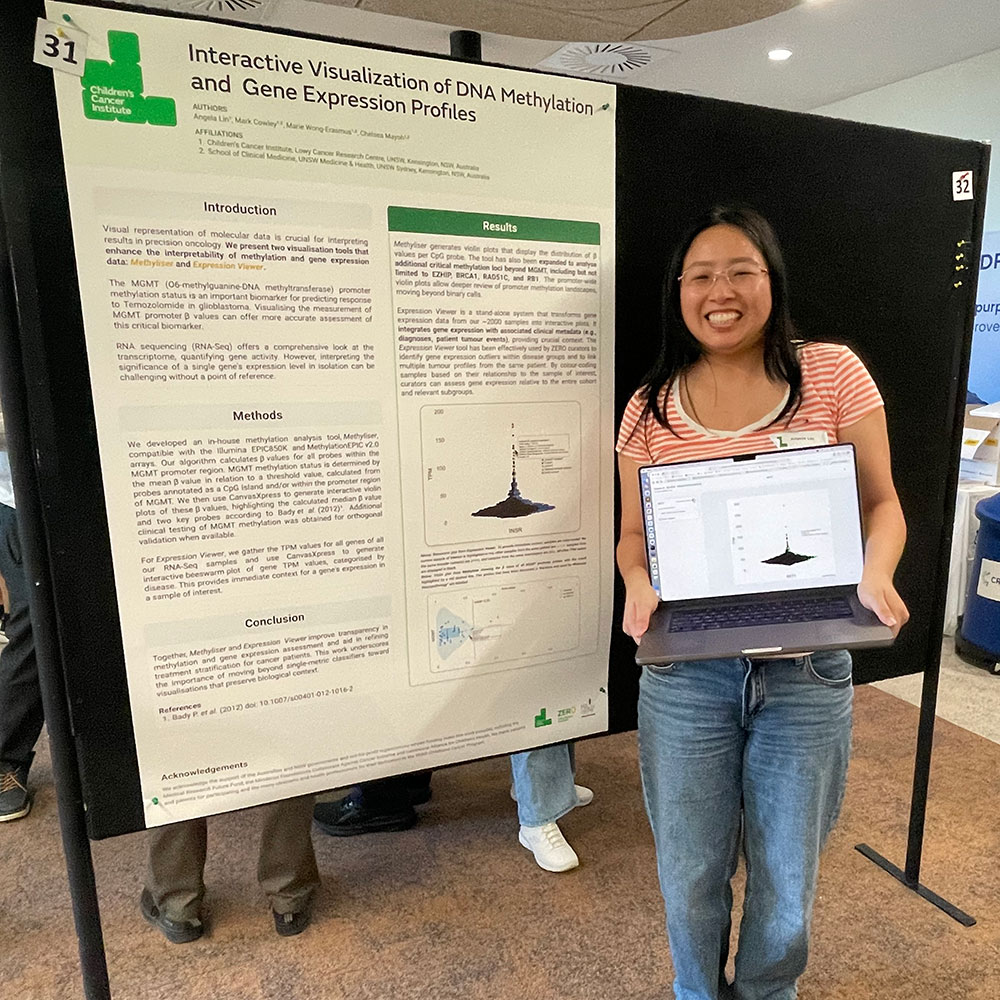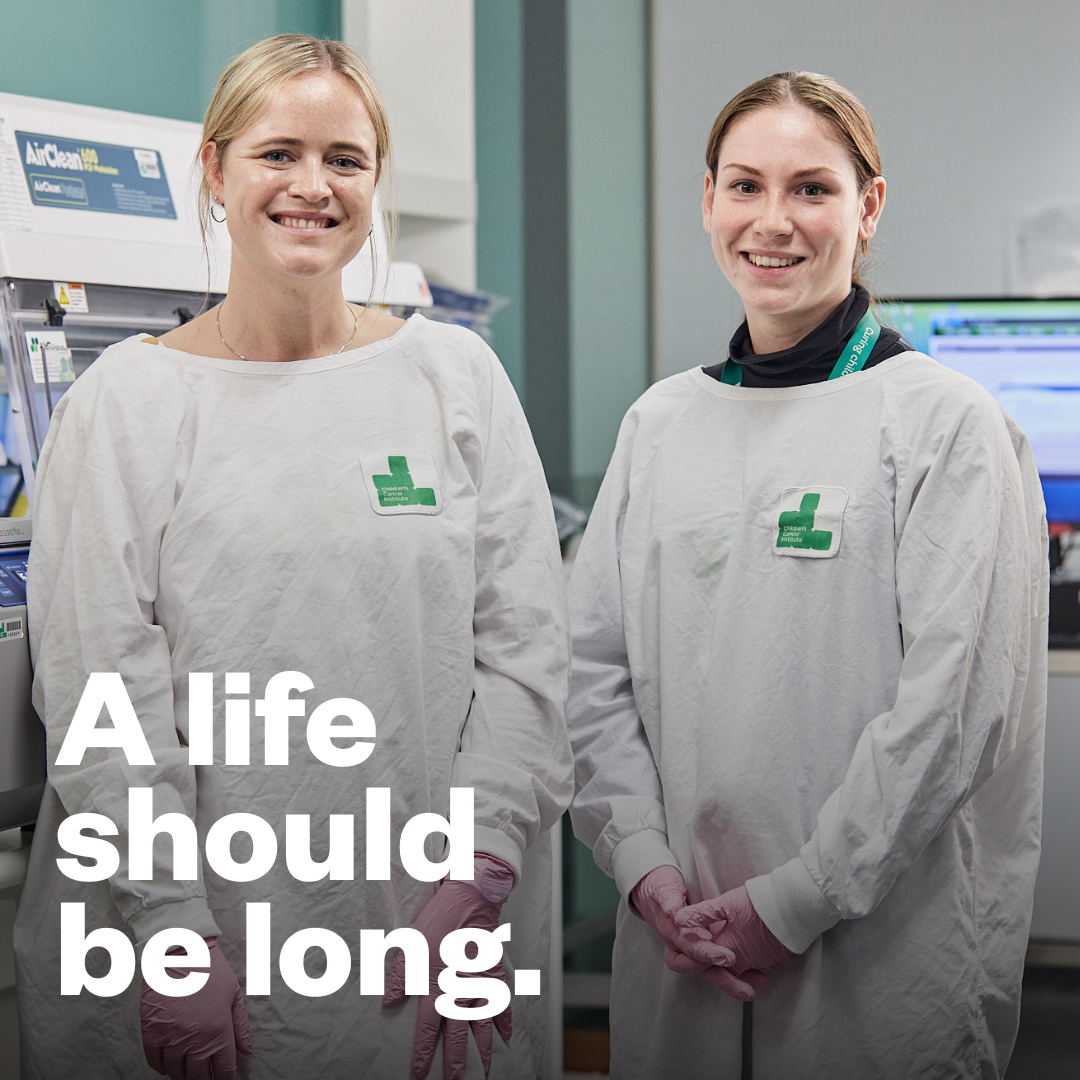The significant progress in childhood cancer survival is partly due to the high participation rate of child cancer patients in clinical trials. Clinical trials have transformed modern medicine, providing information about potential new treatments that can’t be obtained in any other way. They test whether a new treatment is safe, and whether it’s better than the current one. Because childhood cancers are different to adult cancers, children need their own clinical trials to find the best treatments for them.
So important are clinical trials to improving cancer survival, that a key objective of the $100 million Australian Brain Cancer Mission recently announced by the Federal Government, is ensuring that every brain cancer patient has the opportunity to participate in clinical trials.
The phases of a clinical trial
All new treatments must go through several stages or ‘phases’ of clinical trial before they are approved for patient use.
A phase 1 clinical trial is the first time the new treatment is tested in people, primarily to ensure the treatment is safe. It usually involves 15-30 participants.
Phase 2 trials typically include up to 100 participants, while phase 3 trials include hundreds to thousands of people. These phases determine how effective the treatment is, how best to deliver it and the optimal dose, and any side-effects.
At the end of a Phase 3 trial, if the experimental treatment proves safe and more effective than the existing treatment, approval will be sought to get it licensed for clinical use. In Australia this is administered by the Therapeutic Goods Administration (TGA), and in the United States by the US Food and Drug Administration (FDA).
Sometimes phase 4 trials are conducted after a drug has been licensed and marketed, to monitor the new treatment’s long-term effects.
All up, clinical trials can last many years as each phase, if successful, leads on to the next and as patients are followed up for some years after. Because childhood cancer is relatively rare, it can take some years for clinical trials to recruit enough patients to rigorously test a new treatment. They tend to be run across several countries for this reason.

Designing robust clinical trials
The gold standard of clinical trials is a randomised controlled trial. This directly compares a potential new treatment with the current treatment by randomly allocating participants into two groups: an ‘intervention’ (new treatment) group and a ‘control’ (current treatment) group.
These groups are matched so they are as similar as possible with respect to patients’ ages, genders and the stages of their cancers. This ensures that any differences in outcome between groups are likely due to the treatment. These trials are ‘double-blind’ – neither patients nor researchers know which group each participant is assigned to.
Every patient and every patient’s cancer is unique and will respond differently to treatment. Conventional phase 3 trials deal with overall, not individual responses. They are vital because they identify drugs which can be effective against particular diseases, but they can’t predict how individual patients will respond.
Influence of new technologies
New technologies are revealing the unique genetic changes in each patient’s cancer, and the arsenal of drugs targeting specific genetic changes (‘markers’) is growing. Clinical trial design is evolving as a result. For example:
- Basket trials are testing new agents based on the cellular processes they target, rather than the particular disease being treated. Cancer patients with a particular genetic marker will be assigned to the same treatment ‘basket’, regardless of which cancer they have.
- Umbrella trials test multiple new drugs on a single disease. A patient’s genetic markers are used to guide the choice of treatment from dozens of drug alternatives.
- Adaptive trials monitor patient responses during treatment, and modify treatment accordingly.
Scientists and clinicians are starting to combine detailed genetic and biological analyses of each patient’s cancer cells to select the treatment most likely to be effective for each patient. The Zero Childhood Cancer national personalised medicine clinical trial for children with high-risk, hard-to-treat cancers is using this approach.
Learn more about what’s involved in participating in clinical trials and read about some of our trials.
Top image: Clinical trials help improve the lives of kids with cancer (image: iStock).















